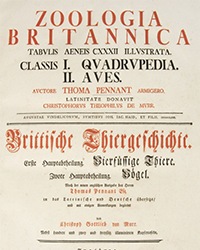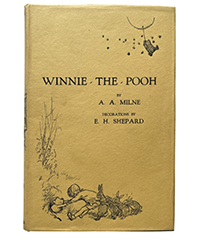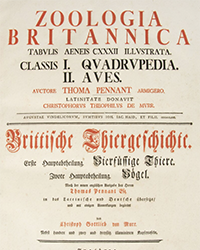The book trade is an old boys' network. Booksellers are males. Collectors are men, mostly old ones. At least, that is the way it was. It has been changing, though it would be hard to claim either dealers or patrons were equally balanced in terms of gender after observing the people at one of the major book fairs. However, a recent study has given us reason to believe that this will change, perhaps dramatically in the years ahead. Maybe a bit of a surprise is that the change is happening more quickly with books than in most other fields.
The study was conducted by Joel Waldfogel, Chair in Applied Economics, at the Carlson School of Management, University of Minnesota. It was published by the National Bureau of Economic Research. Waldfogel used numerous resources to determine the relative number of female to male written books over the years, and to some extent the gender of readers as well, and compared them to other fields. His sources were book copyright listings, books at the Library of Congress, Amazon sales, and Goodreads Reviews. What he found was interesting.
He looked at copyrights and Library of Congress listings to determine that in the 19th century, only around 10% of books were written by women, even if a few of the authors are still very well known, such as Jane Austen, Emily Dickinson, Mary Shelly, “George Eliot,” and the Bronte Sisters. By 1960, that number had grown, but was still only 18%. However, by 2010, it more than doubled to 40%, hit 50% sometime in the next decade, and now exceeds 50% of books being written by women.
What makes this particularly surprising is that other fields have not seen such growth. For example, he found that only 10%-15% of patents in the science, technology, and engineering fields are obtained by women. In the arts, he found much smaller percentages of women involved in the movie and music industry. Naturally, this leads to the question why. That is uncertain, although there are some considerations which may at least partly explain this phenomenon.
One has to do with traditional roles women have played. Traditionally, the major occupation for women was as a homemaker. That has changed drastically since the 1960s, sometimes reflecting the ability of women to pursue all sorts of careers closed to them in the past, other times financial necessity as one breadwinner often was no longer enough for a family to get by. While women took on jobs outside the home, the reality is in most cases they were still the primary homemaker as well. Writing is a career that can be performed at home, where children can be watched, other home tasks performed. No time clock needs to be punched, no required schedule followed. It is an ideal career for a homemaker. They also may have found the competitive, dog-eat-dog, social climbing atmosphere of business less appealing. Women tend to be nurturers, while men are.....from Mars?
The other issue is that women may be greater readers than men in more recent times. Waldfogel's research seemed to confirm this. One sign is the popularity of Oprah's book club, another the BookTok phenomenon on the social media site TikTok. It is a community on TikTok that provides video book reviews by readers, not professional critics. The reviewers are mostly young women, teens and 20s, and the readers most likely are too. Romance novels tend to be the favorites and the reviews emotional. It may not be Shakespeare, but they like more recent books and Shakespeare hasn't written anything new in over 400 years. Besides which, before the males start getting critical, they are buying superhero “comic” books instead. At least the young women are reading.
This brings us back to the question of who will be the dealers and collectors of the future. If you believe they will mostly be drawn from people who read, write, and loved books when they were young, then the years ahead could see some major changes in demographics. It may parallel the changing demographics of writers and readers. This may well be inevitable.
The Waldfogel study may be accessed at the following website: www.nber.org/papers/w30987





![<b>Sotheby’s:</b> Ernest Hemingway. <i>Three Stories And Ten Poems,</i> [Paris], (1923). First edition of Hemingway’s first published book. $75,000. <b>Sotheby’s:</b> Ernest Hemingway. <i>Three Stories And Ten Poems,</i> [Paris], (1923). First edition of Hemingway’s first published book. $75,000.](https://ae-files.s3.amazonaws.com/AdvertisementPhotos/acf970a0-a15d-4c79-aa24-5e8e414cb465.png)




